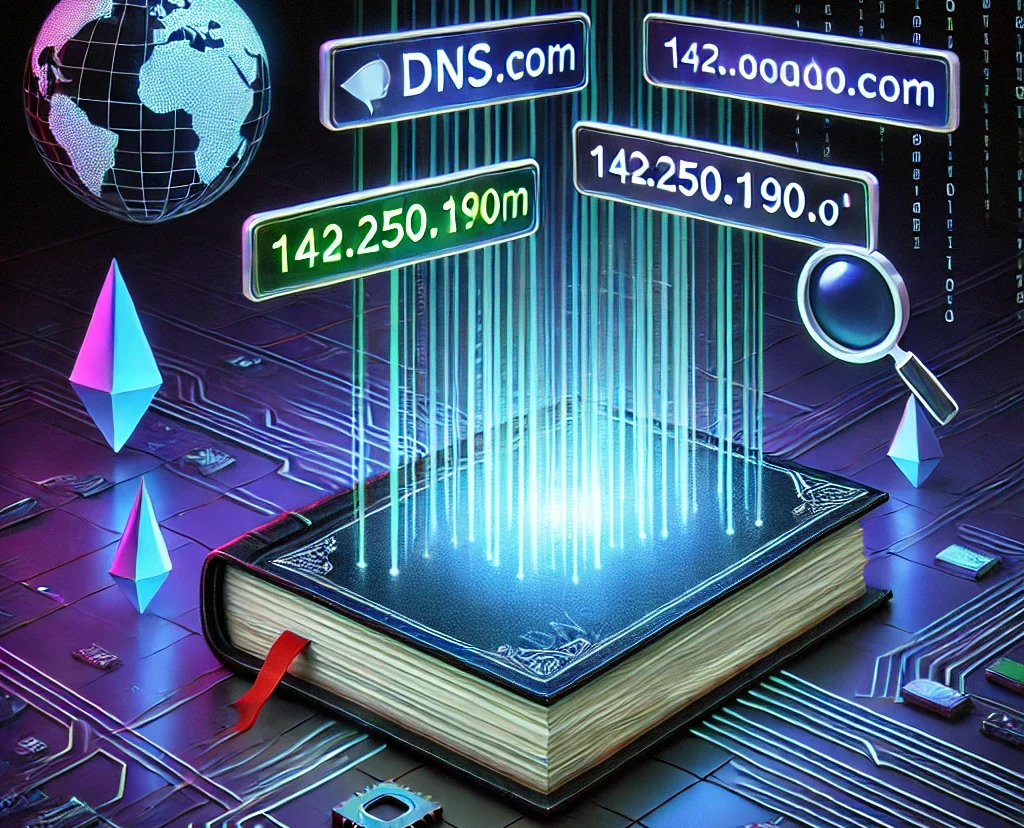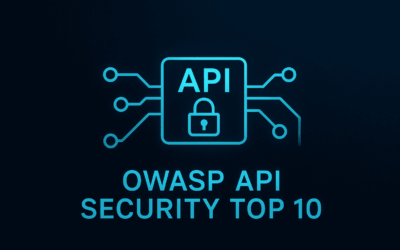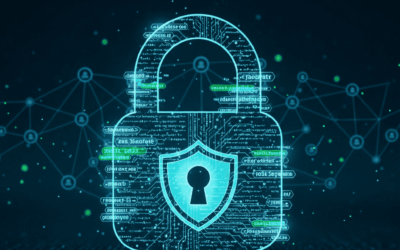🌐 Curious about how the internet works behind the scenes?
Ever wondered how your browser knows exactly where to go when you type in a website name? That’s all thanks to DNS (Domain Name System) — the internet’s phonebook! 📖
In my latest blog post, I break down the fundamentals of DNS, including:
- What DNS is and why it matters
- A brief history of DNS evolution
- How to view and manage your DNS settings
- Common security concerns and best practices
- Recommended reliable DNS providers
Whether you’re an IT professional, a cybersecurity enthusiast, or just someone looking to expand your tech knowledge, this guide has something for you!
What is DNS?
DNS (Domain Name System) is the phonebook of the internet. It translates domain names like example.com into IP addresses that computers use to identify each other on the network. Without DNS, users would need to memorize long numerical IP addresses instead of simple domain names.
Brief History of DNS
Before DNS, hosts files were manually maintained, containing mappings of hostnames to IP addresses. As the internet grew, this method became unsustainable. In 1983, Paul Mockapetris developed DNS, introducing a scalable, distributed database to resolve domain names.
Concept of DNS
DNS operates through a hierarchical structure consisting of several components:
- 🌍 Root Servers: Direct requests to the appropriate top-level domain (TLD) servers (.com, .net, .org).
- 🏢 TLD Servers: Manage domains under specific extensions.
- 📚 Authoritative DNS Servers: Hold information about specific domains and their records.
- 🔎 Recursive DNS Resolvers: Act as intermediaries, querying servers until an IP address is found.
Common DNS record types include:
- 📦 A Record: Maps a domain to an IPv4 address.
- 🧱 AAAA Record: Maps to an IPv6 address.
- 🔁 CNAME Record: Points one domain to another.
- 📧 MX Record: Specifies mail servers for a domain.
DNS Management vs. DNS Registrar
When managing your domain, you may encounter two distinct services: DNS Management and DNS Registrar.
- DNS Management: If your domain is registered with another provider (e.g., GoDaddy, Namecheap) but you point your domain’s nameservers to Cloudflare or another DNS provider, that provider handles your DNS management. It controls DNS records, applies security features like DNSSEC, and manages routing.
- DNS Registrar: If you register your domain directly through Cloudflare or a similar service, it acts as both the DNS registrar and DNS manager. A registrar is responsible for registering and renewing domain names, often at wholesale prices.
- Example:
- If Cloudflare manages your DNS but your domain was registered elsewhere → DNS Management
- If Cloudflare registered and manages your domain → DNS Registrar and DNS Management
Security Concerns with DNS
DNS is vulnerable to attacks like:
- 🚨 DNS Spoofing: Malicious actors can trick users by redirecting domains to fake websites. Exercise caution when connecting to public Wi-Fi networks, especially in airports, malls, food courts, and hotels, as these networks may be susceptible to attacks.
- 🧪 Cache Poisoning: Injects false data into DNS caches.
- 🕵️ Man-in-the-Middle (MITM) Attacks: Intercepts DNS queries to manipulate responses.
- 🌐 ISP Default DNS Issues: Internet Service Providers (ISPs) often use their own DNS servers, which may be slow, unreliable, or lack privacy protections.
Solutions:
- 🔐 Enable DNSSEC to ensure authenticity of responses.
- 🔎 Use DoH or DoT for encrypted DNS queries.
- 🛡️ Choose DNS providers offering security features. Configure your smartphone, tablet, or laptop to use a secure DNS provider when traveling. When in doubt, avoid using free or unsecured Wi-Fi networks.
- 🧭 Modify your home router’s DNS settings to use one of the reliable DNS providers listed below for better performance and security.
List of Reliable DNS Providers
- 🌐 Google DNS:
8.8.8.8and8.8.4.4 - 🛡️ Cloudflare DNS:
1.1.1.1and1.0.0.1 - 🏁 OpenDNS:
208.67.222.222and208.67.220.220 - 🔎 Quad9:
9.9.9.9
These providers offer reliable, fast, and secure DNS resolution. Cloudflare and Quad9 also support DNS over HTTPS (DoH) and DNS over TLS (DoT) for enhanced privacy.
Troubleshooting DNS in Local Devices
If you are experiencing network connectivity issues or outdated DNS entries, you may need to troubleshoot your DNS. Here’s how you can check your current DNS settings and flush your DNS cache to resolve issues.
View Current DNS
- 🐧 Linux/macOS:
cat /etc/resolv.conf- 🪟 Windows:
ipconfig /all- 🔎 Check DNS Resolution:
nslookup example.com
dig example.comFlushing DNS
DNS caching helps reduce lookup times, but outdated entries can cause connectivity issues. You can flush DNS cache using these commands:
- 🪟 Windows:
ipconfig /flushdns- 🐧 Linux:
sudo systemd-resolve --flush-caches- 🍎 macOS:
sudo dscacheutil -flushcacheUse case examples for flushing DNS:
- After changing DNS settings to apply updates faster.
- When troubleshooting website connectivity issues.
- If accessing an updated website that shows outdated content.
- After removing malicious redirects or spyware.
Best Practices for DNS Management
- 📊 Use multiple DNS providers for redundancy.
- 🧹 Regularly audit DNS records for outdated entries.
- 🚫 Implement DNS filtering to block malicious domains.
- 📡 Monitor DNS traffic for anomalies.
Final Thoughts
DNS is a foundational part of internet infrastructure. Understanding its concepts and implementing best practices can improve both performance and security.




